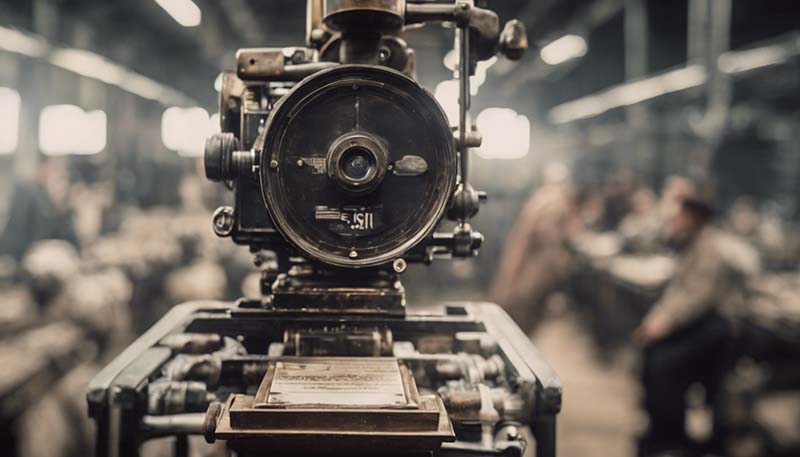The Industrial Revolution, a period of rapid industrialization, began in Great Britain in the late 18th century and spread to other parts of the world throughout the 19th century. It marked a pivotal turning point in history as it fundamentally transformed the nature of work, society, and the global economy. This article explores the key factors, innovations, and impacts of the Industrial Revolution, which continue to shape the modern world.Introduction
Several factors contributed to the onset of the Industrial Revolution:Key Factors Leading to the Industrial Revolution
- Agricultural Revolution: Improvements in farming techniques led to increased food production, a surplus of labor, and a population boom.
- Enclosure Movement: The privatization of common lands forced many to leave agriculture and seek employment in towns and cities.
- Access to Resources: Britain's vast coal and iron ore deposits facilitated the development of new technologies and industries.
- Financial Capital: The expansion of the financial system, including banks and joint-stock companies, provided the necessary capital for investment in new industries.
Innovations of the Industrial Revolution
The Industrial Revolution was characterized by a series of groundbreaking innovations:
Advertisement
- Steam Engine: Invented by James Watt and later improved by others, the steam engine was crucial for powering machinery and transportation.
- Spinning Jenny and Power Loom: These inventions revolutionized the textile industry by allowing for the mass production of cloth.
- Bessemer Process: Sir Henry Bessemer's method for mass-producing steel made construction and manufacturing more efficient and affordable.
- Factories and Mass Production: The shift from home-based crafts to factory-based manufacturing led to an increase in production and a decrease in costs.
Social Impacts of the Industrial Revolution
The Industrial Revolution had profound social implications:
- Urbanization: People moved from rural areas to urban centers in search of work, leading to the growth of cities and the development of new social classes.
- Child Labor: Children were employed in factories and mines due to their small size and lower wages, leading to significant social reform movements.
- Working Conditions: Factory workers faced long hours, low pay, and dangerous working conditions, which led to labor movements and the push for workers' rights.
- Social Reform: The stark contrast between the wealthy industrialists and the impoverished working class sparked a range of social reforms aimed at improving living and working conditions.
Economic and Global Impacts
The Industrial Revolution had far-reaching economic and global consequences:
- Economic Growth: It led to unprecedented economic growth and the rise of a new middle class with disposable income.
- Global Trade: The need for raw materials and markets for manufactured goods led to the expansion of trade and colonization.
- Technological Advancements: Innovations in transportation, such as the railway and steamship, connected the world more closely than ever before.
- Environmental Impact: Industrialization led to significant environmental changes, including deforestation, pollution, and the onset of climate change.
Conclusion
The Industrial Revolution was a transformative period in human history that reshaped the world in ways that are still felt today. It brought about remarkable technological advancements, economic growth, and social change, but also introduced new challenges such as environmental degradation and social inequality. Understanding the complexities of this period is crucial for comprehending the modern world and its ongoing evolution.
This article is based on historical research and the following sources:References
- Hobsbawm, E. J. (1962). The Age of Revolution: Europe 1789-1848. New York: New American Library.
- Mokyr, J. (1990). The Lever of Riches: Technological Creativity and Economic Progress. Oxford University Press.
- Roberts, R. (1969). The Classic Slum: Salford Life in the First Quarter of the Century. Penguin Books.
- Crafts, N. F. R. (1985). British Economic Growth During the Industrial Revolution. Oxford University Press.

Comment